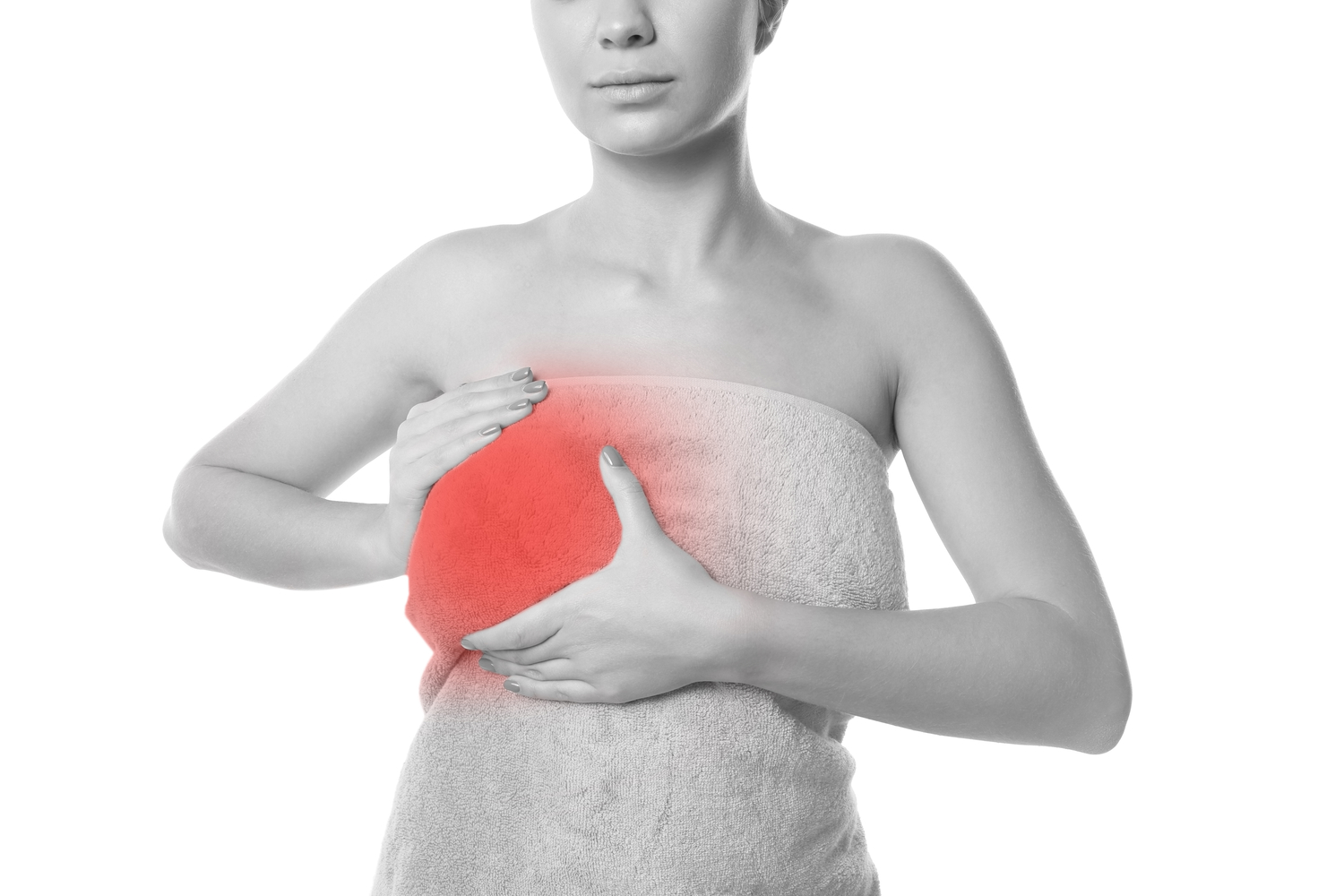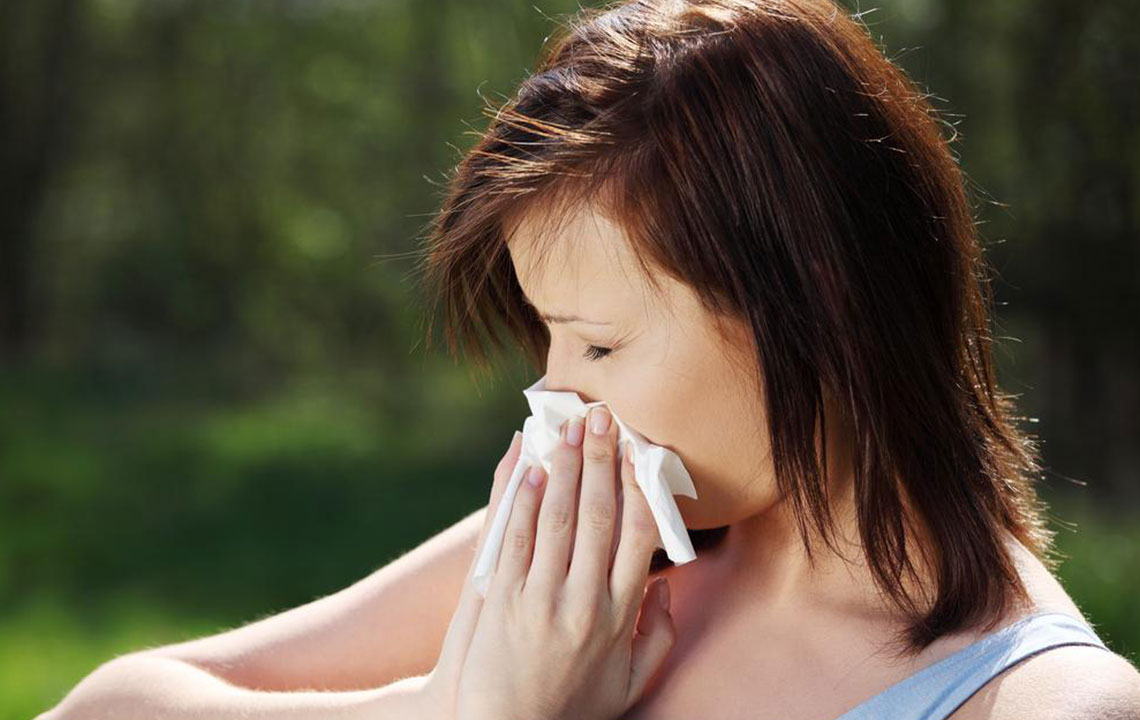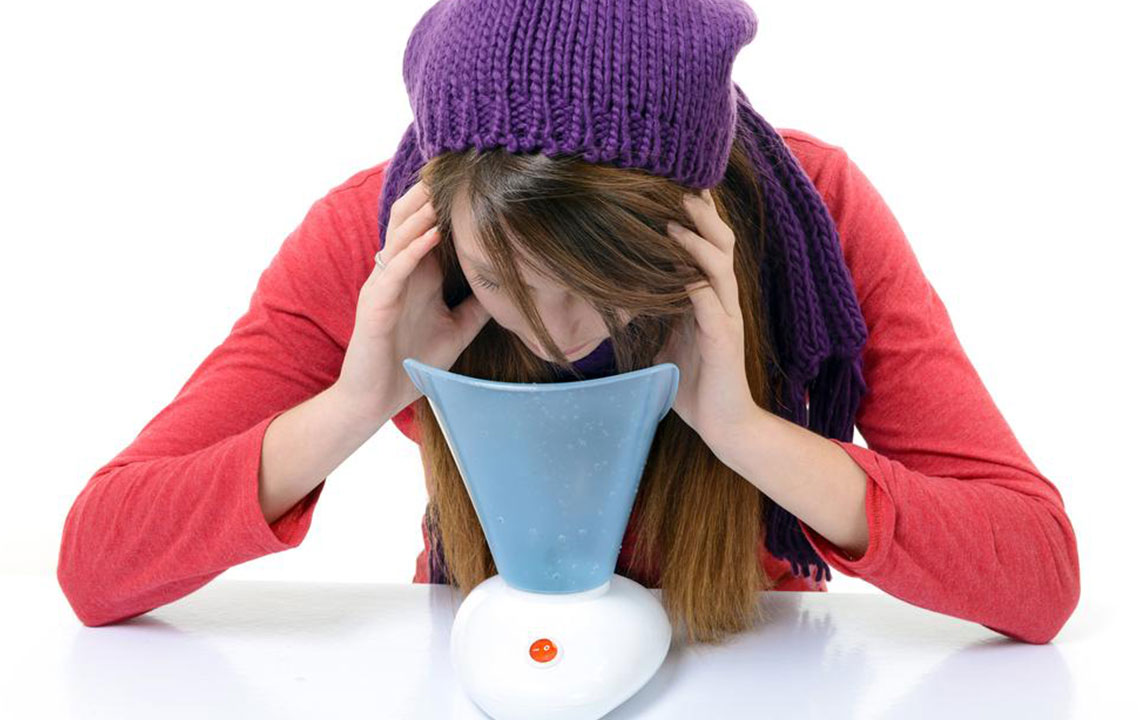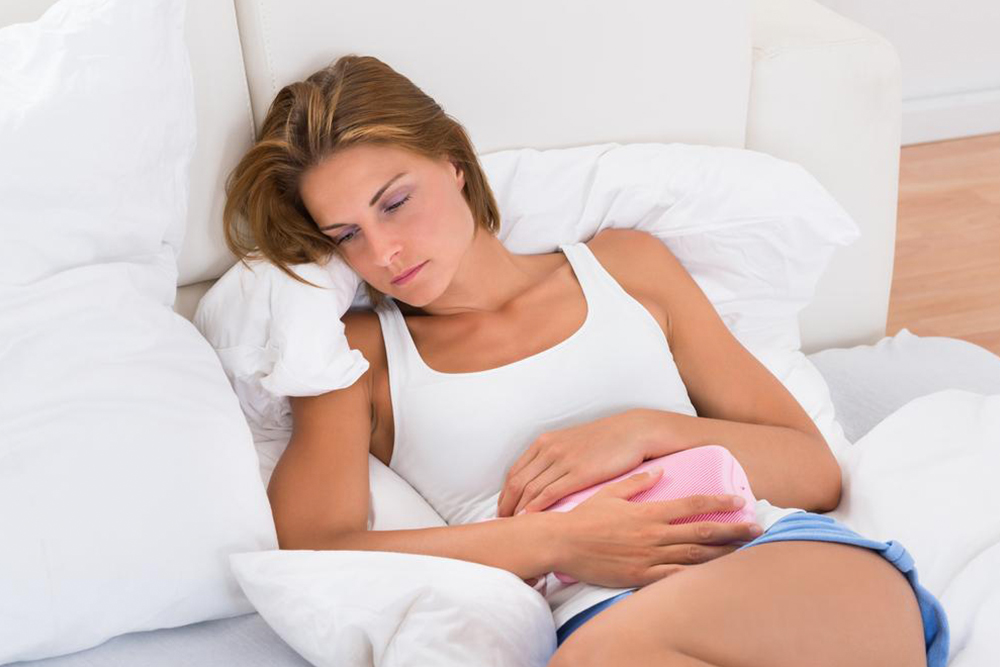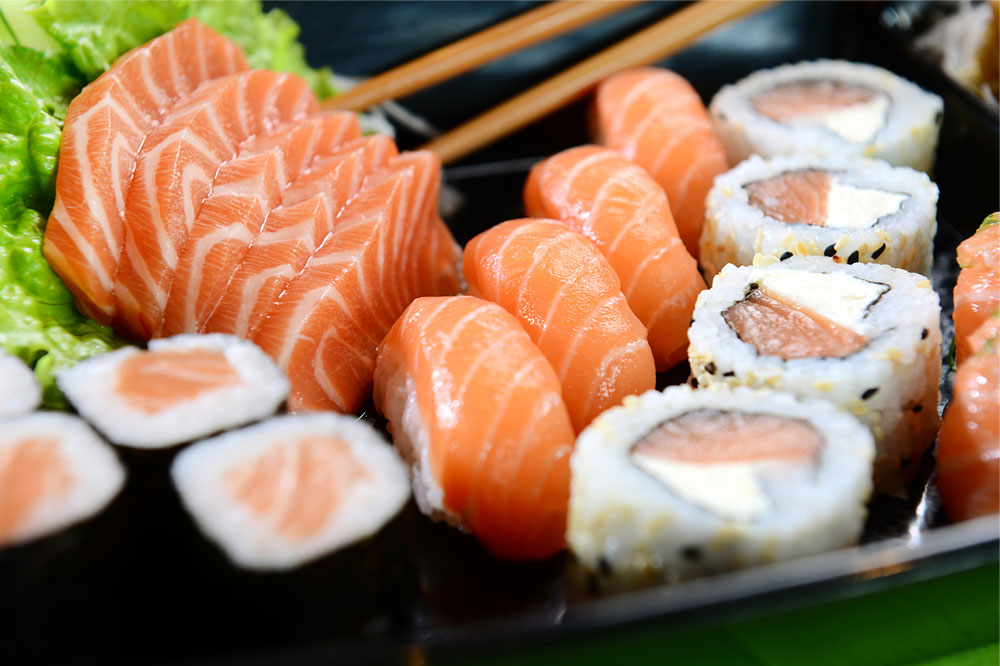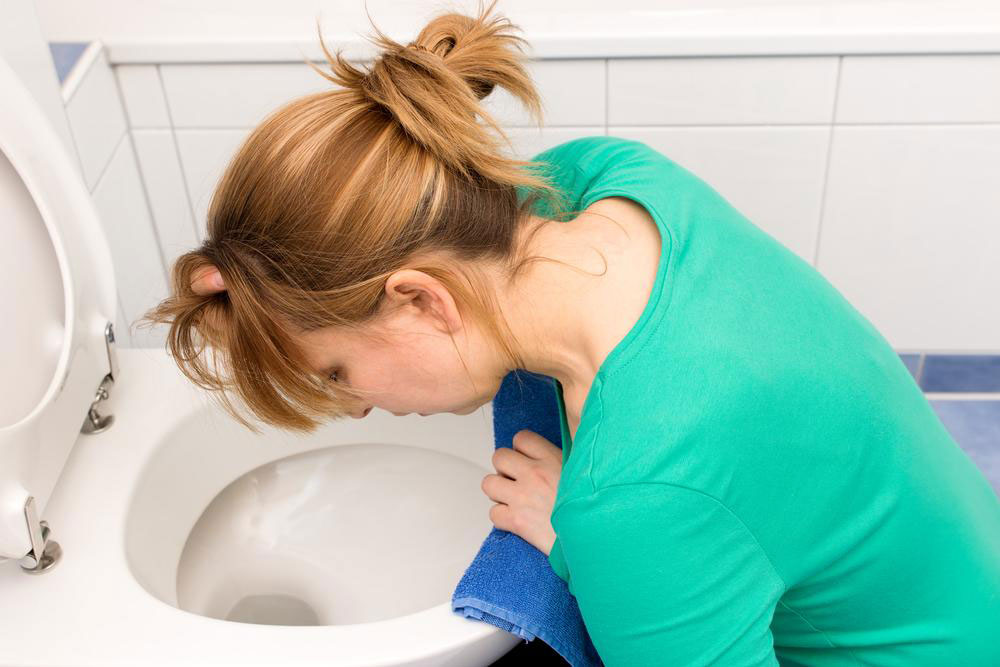Understanding Breast Discomfort: Causes and Remedies
Breast discomfort is common and influenced by hormonal changes, injuries, or other factors. This article covers types of breast pain, causes, and practical remedies such as lifestyle adjustments and supportive wear. Persistent discomfort should prompt a medical consultation for proper diagnosis and treatment.
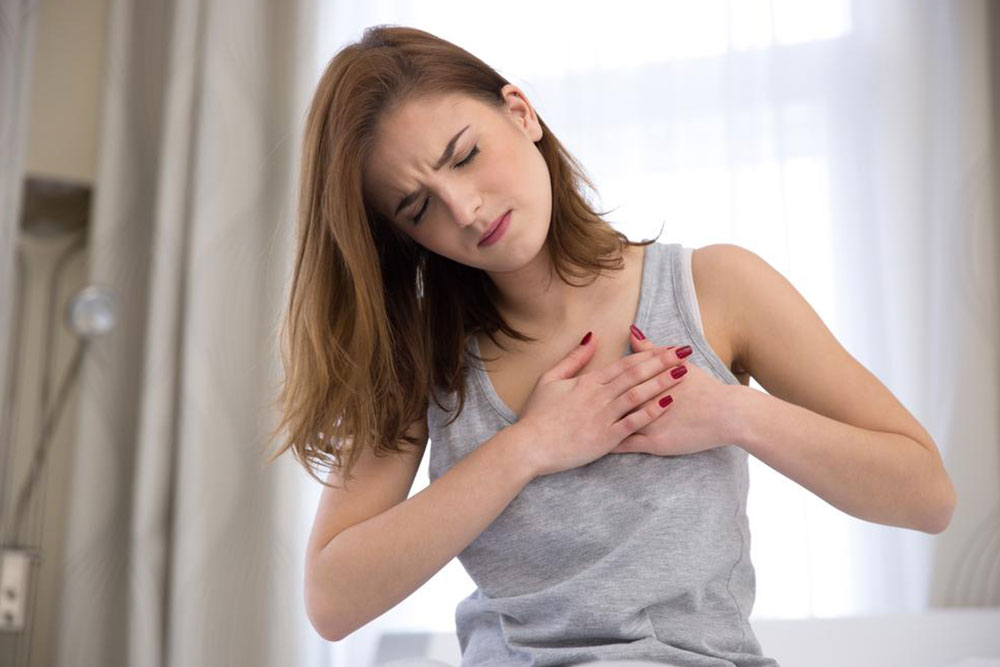
Understanding Breast Discomfort: Causes and Remedies
Breast discomfort, characterized by tenderness and soreness in the breast area, can be caused by various factors. It's a common experience among women and does not necessarily indicate a serious health issue, such as cancer. Many women encounter breast pain at some point in their lives, though a small number may find it linked to significant underlying conditions. The intensity varies depending on the cause, and pain may affect one or both breasts. Hormonal fluctuations play a crucial role in many cases.
Breast discomfort falls into two main categories: cyclic and noncyclic pain.
Cyclic discomfort aligns with the menstrual cycle, usually occurring a week before period onset. It affects both breasts and sometimes the underarm area, mainly impacting women aged 20 to 40. The pain typically eases after menstruation ends.
Noncyclic discomfort is often experienced by older women and is unrelated to menstrual changes. It may present as a burning or aching sensation. Causes include past injuries or muscular trauma.
Persistent breast pain that doesn't improve within a few days warrants medical consultation to identify the root cause. Here are practical tips for alleviating discomfort:
Avoid caffeine-rich foods and beverages like chocolates, teas, coffees, and soft drinks, as they can exacerbate symptoms.
Reduce salt intake to minimize swelling and discomfort.
Engage in relaxation techniques such as yoga and meditation to lower stress levels.
Maintain a healthy weight—being overweight or underweight can intensify pain.
Wear properly fitted bras; avoid wired styles and opt for supportive sports bras during physical activities.
Applying cold packs can relieve burning sensations, while warm compresses promote better blood flow.
Always consult a healthcare professional before attempting self-treatment. For pain persisting beyond two weeks or resulting from significant trauma, diagnostic tests are recommended to determine the underlying cause.

